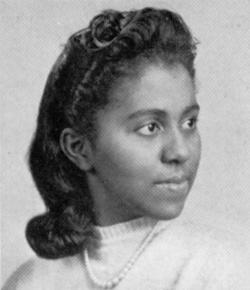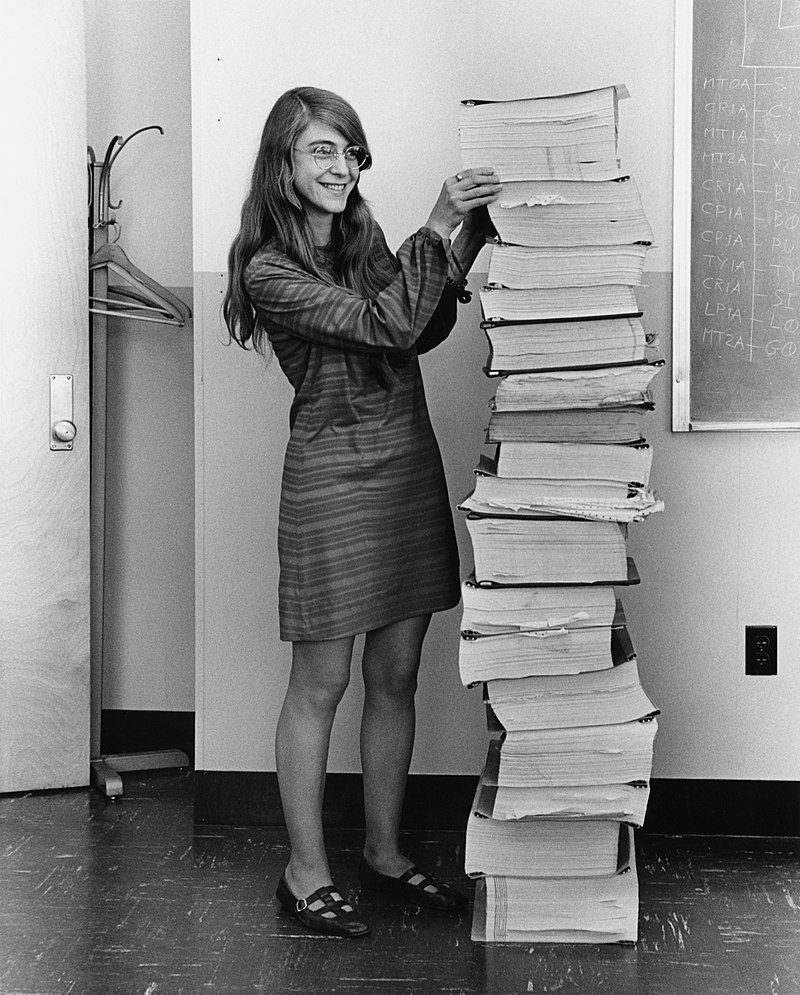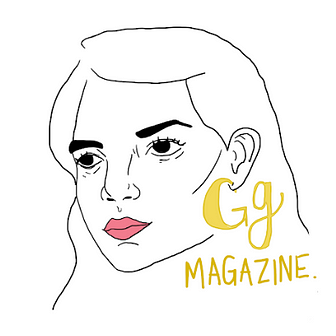GirlGenius Mag Takeover Recap! by Lindsey Turnbull
I had so much fun holding the @GirlGeniusMag handle on Insta this week! GirlGenius is Girl Genius is a 501(c)(3) nonprofit striving to connect, inspire, and empower girls in STEAM worldwide. As you all probably know by now (and if you don’t!) my background is in history! I put together a highlight reel of some trailblazing, historical young women in STEM fields!
A little disclaimer: When we go back in history, it is much harder to find stories from amazing young women BUT it doesn’t mean they were not there. It could be that they wrote under a masculine pen name. Or they were not wealthy enough for formal education. Or did not know how to write. Or they were Black, Asian, Latinx, Indigenous, and faced racism as well as sexism, and their voices were drowned out. Or simply that no records survived.
I share these stories of some of the FIRST women to do something because of the idea that: if she can see it, she can be it. These women are extraordinary, but they are also ordinary, just like you and me, with dreams, goals, and aspirations. Highlighting the FIRST doesn’t mean the 5th or 100th isn’t JUST AS important and accomplished, or that highlighting young women doesn’t mean that women who achieve later in life are less than. I firmly believe in celebrating all accomplishments, at all ages.
So without further ado, these are the young women’s stories I shared with GirlGenius Mag:

Winifred Edgerton Merrill, b. 1862
Mathematician
Winifred came from a wealthy family that encouraged her studies. She earned her BA from Wellesley College in 1883 and, on her own, calculated the orbit of the Pons-Brooks Comet based on data from Harvard the same year.
She fought for and earned special permission to use Columbia University’s telescope on the condition that she did not disturb male students. Winifred was the only female student at the all-male university. When she initially applied for her degree, she was rejected by the board of trustees. Winifred met with each member and advocated for herself.
At the next meeting the trustees unanimously awarded Winifred her PhD with high honors. She was 24 years old. Winifred became the first woman to earn degree from Columbia and the first US woman to get PhD in math.
Winifred became a geologist, director of NY State Museum, founder of a girls’ school, mother, author, librarian and trustee. She died in 1951.

Hazel Ying Lee, b. August 24, 1912
Pilot
Hazel Ying Lee was born to immigrant parents from China and she loved playing sports. Hazel undoubtedly faced anti-Chinese racism and faced limited career choices. She worked as an elevator operator until she rode in an airplane at an air show and fell in love with it. She also loved that it was a new field open to Chinese girls, and it was a little dangerous.
Hazel became one of the first Chinese women to earn pilot’s license. She returned to China after a Japanese invasion, hoping to join the Chinese air force, but was forced to do desk work because she was a woman. During her time in China, she saved her neighbors, friends, and family during a bombing because she was able to remain calm and get everyone to safety.
After the bombing of Pearl Harbor, Hazel returned to the US. Due to a lack of male pilots, famed aviator (and evental sound-barrier-breaker) Jacqueline Cochran founded the Women’s Airforce Service Pilots. Hazel joined, making her the first Chinese-American woman to fly for the US military. She and her fellow WASPS flew fighter jets and made deliveries. She was well-liked and respected by her fellow pilots for her sense of humor, mischievousness, and calm, even in the face of difficult landings.
Hazel’s life was cut short when she died in a weather-related accident at just 32 years old.

Marie Daly, b. April 16, 1921
Biochemist
Marie Daly was from Queens, NY. From a young age, she was inspired by her grandparents and their library, especially Paul de Kruif’s The Microbe Hunters and her dad, who wanted to be a chemist, but stopped his education due to lack of money.
Marie graduated from an all-girls’ high school and went to earn her BA from Queens College, where she was awarded a QCScholar, meaning she was in the top 2.5% of her class. Because of a shortage of scientists in WW2, Marie earned fellowships from government to fund her MA and PhD studies. She researched how chemicals in the body help with digestion.
Marie was the first Black women in the US to earn her PhD in chemistry (Columbia U, 1947). Marie became and instructor at Howard University, was awarded a postdoc to Rockefeller Institute, and held many prestigious jobs and titles, including having an elementary school named after her. In 1976, she sat on a committee that produced a paper called he Double Bind: The Price of Being a Minority Woman in Science; Marie was dedicated to getting more students of color into the sciences and founded scholarship fund for people of color to study chemistry and physics.
She died in 2003.

Margaret Hamilton, b. Aug 17, 1936
Computer scientist and engineer
Margaret and her family lived in Michigan when she graduated from high school. She earned her BA from Earlham in mathematics with a minor in philosophy. Margaret said she was inspired by Florence Long, the head of the math department, and her father, a philosopher and poet, as her inspirations.
During the summer before she started her graduate study program, Margaret worked at the meteorology lab at MIT and developed software for predicting weather. At age 25, she was on a team that wrote military defense software (SAGE Project) at the Lincoln Lab for use in the Cold War. This project made her a candidate for a NASA position to develop flight software. She led the team that developed software for Apollo and Skylab (the image is her with her handwritten code). Margaret is also credited as one of the people who invented the term “software engineering.”
Margaret has received MANY awards including a Presidential Medal of Freedom, the highest civilian honor in the country. She is still alive today!
 Mae Jemison, b. Oct. 17, 1956
Mae Jemison, b. Oct. 17, 1956
Astronaut, Engineer, Doctor
Mae Jemison loved science from a young age and she grew up watching space missions and Uhura on Star Trek. Her parents fostered her love of science, although her teachers did not always. Mae remembers being inspired by the Apollo mission, but frustrated by the lack of female astronauts. Mae also danced and was a cheerleader for her high school, which she entered at age 12.
Mae started at Stanford at just 16, earning her MD in 1981. As one of the only black students, she faced racism and discrimination from her professors. She credits her “youthful arrogance” as helping her excel in the college environment.
After graduating, Mae taught dance and served in the Peace Corps as a doctor. Jemison applied to NASA, but was halted by the Challenger disaster. She reapplied and was one of 15 applicants chosen and flew her only mission in 1992 as a Mission Specialist researching bone cells, weightlessness, and motion sickness.
Mae is still alive today! She has been a doctor, professor, choreographer, producer, speaker, and so much more. (She’s a living legend!)
And! Here are some young women who are just getting started:
At age 16, Natalie Hampton created the Sit With Us app to fight bullying and promote kindness after he own experiences with being excluded.
At age 23, Computer scientist Kaya Thomas developed We Read Too, an app that features books by authors of color and characters of color.
In 2019, Mythbusters Jr. debuted with six youth co-hosts including Valerie Castillo (15), Rachel Pizzolato (14) and Allie Weber (13), part of the STEAM squad.
Astronaut Abby founded the Mars Generation, an NGO, to promote STEM and space exploration. She currently studies astrobiology and Russian, hoping to earn a PhD and be the first person on Mars.
Girl-Focused STEM orgs:
Black Girls Code, founded by Kimberly Bryant
Girls Who Code, founded by Reshma Saujani
Operation SMART by Girls Inc
Society of Women Engineers
Plan a movie night with a true story about girls and women in STEM:
Hidden Figures: the story of mathematicians Katherine Goble and Dorothy Vaughan, and engineer Mary Jackson, the Black women who were instrumental in the U.S.’s success in the space race
Enigma (2001): shows a glimpse into the pioneering women who were employed as codebreakers at the UK’s Bletchley Park during WW2
CodeGirl: This documentary follows girls ages 10-18 from around the world who enter the Technovation Challenge in Silicon Valley.
Related Reading
American History: Centering Youth Activism by Lindsey Turnbull
Girls With Dreams: Inspiring Girls to Code and Create in the New Generation byNatasha Ravinand
I Want Her Job: Jessica Hammer, video game designer & professor
